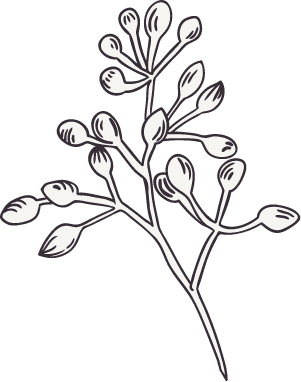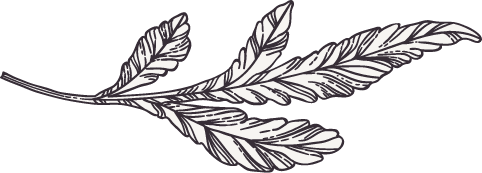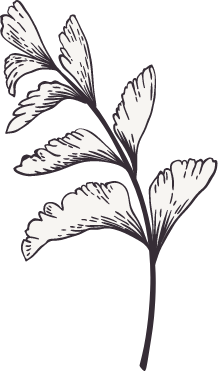Pruning Rules
Reasons to Prune
Pruning can enhance the natural shape and performance of your shrub. But if you are happy with the size, shape, and performance you don’t need to prune it. Simple as that.
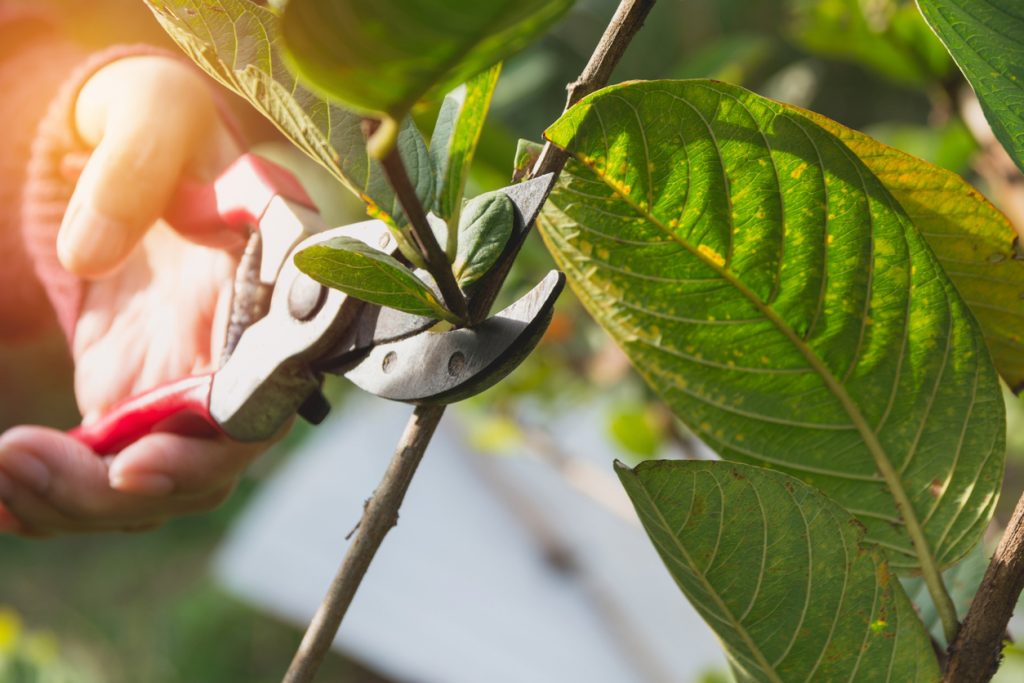
Gardener pruning trees with pruning shears on nature background.
- Remove dead, damaged or diseased wood and branches
- Improve shape or create special effects (hedge or topiary)
- Rejuvenate old plants
- Promote flowering
- Encourage re-blooming
- Encourage fruit production, colorful stems or foliage
- Keep a shrub smaller than it usually grows
*When you select a tree or shrub to plant take into consideration how big it can grow BEFORE you decide where to plant it.*
When Should You Prune?
Pruning flowering shrubs in late summer or autumn can stimulate tender new growth that can get damaged by cold temperatures. Knowing if your plant flowers on new or old wood helps determine when it’s time to prune.
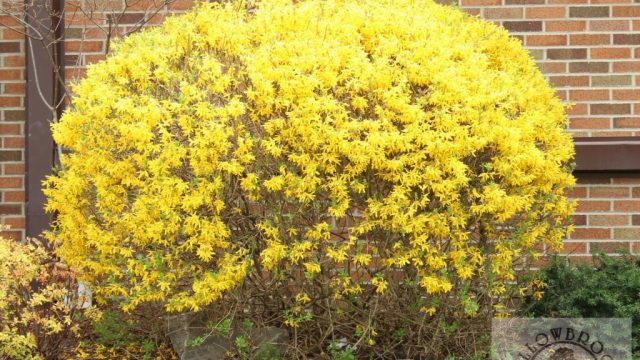
Spring Flowering Shrubs
Spring Flowering Shrubs - (Ex: Forsythia, Purpleleaf Sandcherry, Lilacs) bloom on old wood on last season’s growth. The flower buds develop on the plant during the previous summer. So for maximum flower production next year prune away the buds immediately after they are done blooming each year.
Summer & Early Autumn Flowering Shrubs
Summer and Early-Autumn Flowering Shrubs: (Ex: Butterfly Bush, Potentilla, Spirea, Rose of Sharon) bloom on the current season’s growth or new wood. These plants should be pruned in late winter or just as growth starts in spring.
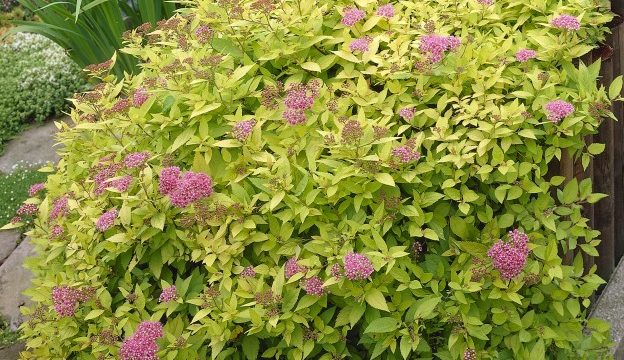
How to Prune?
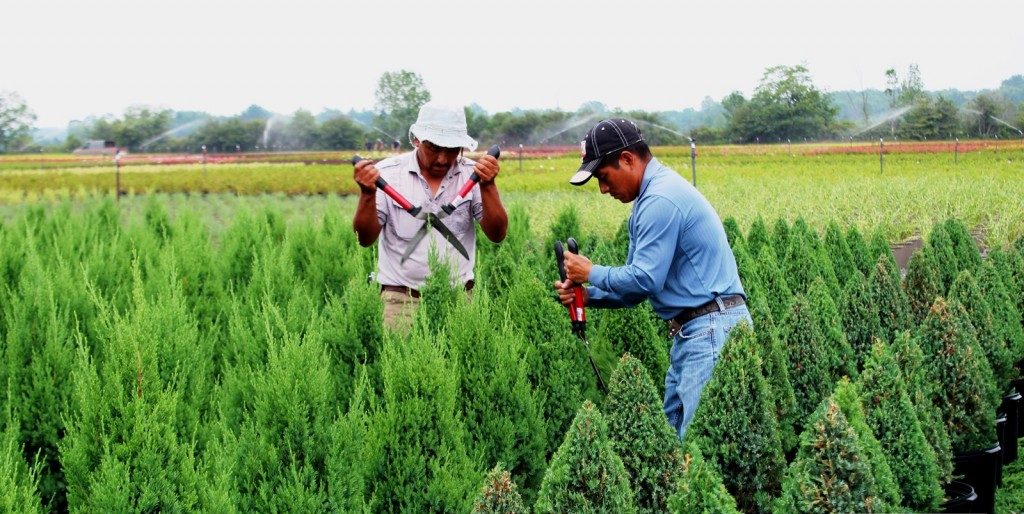
- Prune in mid-summer to discourage growth.
- Use clean, sharp, quality tools. Disinfect between each plant- use diluted alcohol or chlorine, it will help prevent diseases from spreading.
- Make small cuts, smaller cuts heal quicker.
- Pruning cuts must leave a smooth surface to help the plant heal properly.
- Remove any dead, diseased wood and old stems, cut close to the base of the stem.
- Cut back suckers. Suckers grow vertically near the roots and are easy to detect as they rarely produce fruit or flower.
- Cut back watersprouts- they are suckers that grow along tree trunks where injuries or previous pruning has occurred.
- Remove branches that are crossing or rubbing against each other.
- Keep the center of the shrub open to create good air circulation and remove long stems that are growing toward the middle of the plant.
- Avoid cutting right under or on a bud. Plants DO NOT die if you leave them unpruned but many have been killed or disfigured from a drastic pruning. If you are in doubt, don’t prune! Here are pruning tips for Clematis and Hydrangea.

